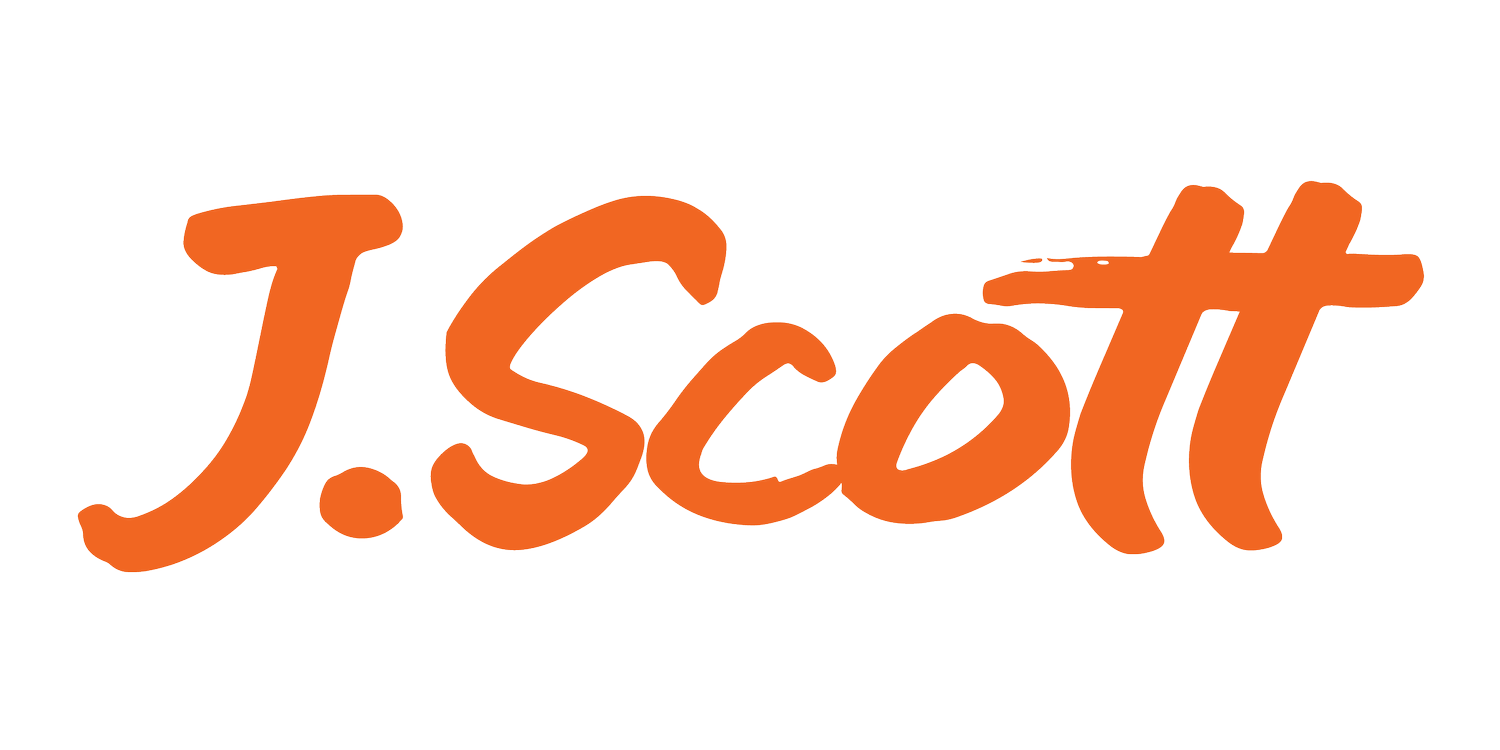The 3 Execution Pillars Every Leader Needs to Stop Spinning Their Wheels
Companies love the illusion of trade-offs.They treat leadership like a game of balance. Push here, lose there. Cut costs, lose morale. Move fast, break things. Focus on people, profitability suffers. Focus on profits, people burn out. It's baked into how most companies think: you win in one area, you lose in another. So leaders pick their battles. They optimize the one thing they think they can control. And they accept collateral damage as the cost of doing business.
That’s not just short-sighted. It’s broken.
Here’s the truth: If you're improving one part of your business at the expense of another, you're not improving anything. You're borrowing performance from one account and overdrafting another. And eventually, you're going to pay for it.
That’s why the three pillars—customer satisfaction, team member satisfaction, and profitability—aren’t just a framework. They’re a constraint. A discipline. A non-negotiable operating system for the entire organization.
You don’t get to choose one.
You have to honor all three, every time.
Because the moment you start optimizing for one at the expense of another, you’re building failure into the foundation.
Here’s what that looks like in the wild:Operations starts pushing for efficiency. They want higher output per team member, faster cycle times, tighter schedules. HR warns that people are stretched too thin. Burnout is rising. Attrition is creeping up. Leadership ignores the signal, because margins look good. Then suddenly, a key client complains about delays, slippage, bad communication. A few months later, the team falls apart. Now you’ve got two fires: people and customers. And your “profitable quarter” becomes a year of recovery.
That wasn’t success. That was a time-delayed breakdown.
Or take this example:Product wants to win customer love. They greenlight feature after feature. Custom work. Special exceptions. Engineers start burning out. Roadmaps get bloated. Costs balloon. Finance tightens the belt. Leadership starts cutting. Trust erodes. Now you've got a team that’s demoralized, margins that are tanking, and a customer base trained to expect unsustainable customization.
That’s what happens when decisions aren’t run through the lens of all three pillars.
Because the pillars aren’t goals. They’re filters.
Every initiative, every hire, every investment, every rollout, every leadership action needs to answer three questions:
Will this measurably improve the customer experience?
Will this measurably improve the experience and performance of our team?
Will this measurably improve profitability, either by increasing revenue or reducing waste?
If the answer is “yes” to all three pillars, hell yes, move. That’s green lights across the board.
Even if you’ve got two out of three? Or even just one? Keep going. It’s not about perfection. It’s about progress.
If the answer is “we’re not sure”…you don’t have clarity. And if you don’t have clarity, you don’t have alignment. You’re flying blind. And eventually, you’ll hit something.
This is where most businesses go wrong.
They pursue growth by picking a favorite pillar. They reward leaders who obsess over one metric. They praise teams for crushing revenue goals, even if they're killing their people to do it. They tolerate chaos in the name of speed. They defend waste in the name of innovation. They confuse effort with outcomes and motion with progress.
That’s not discipline. That’s dysfunction.
And the worst part? Most companies don’t even realize they’re doing it. They’ve been trained to think this way. Trained to see trade-offs as leadership. Trained to think that compromise is maturity.
“The best companies don’t compromise between the pillars. They engineer success across them. They make the hard decisions. They hold the tension. They redesign the work, the systems, and the culture to make the trade-offs obsolete.”
That’s the discipline.
That’s the system.
And that’s what execution leadership makes possible.
Because when HR, IT, and Finance are aligned to the same three outcomes, and held accountable to deliver them without sacrificing the others, they stop operating as isolated departments. They start becoming the control center of the company’s integrity. They don’t just support the business. They protect the business from itself.
HR doesn’t just build teams. They ensure those teams are delivering outcomes without breaking. IT doesn’t just build systems. They ensure the systems are solving real problems across all three pillars. Finance doesn’t just approve budgets. They ensure that what gets funded moves all three needles, not just one.
And when that becomes the operating standard?
The trade-offs disappear.
“You don’t need to choose between your people and your profits. You don’t need to decide whether to serve the customer or serve the team. You don’t need to slow down to be thoughtful, or speed up and hope for the best.”
You just execute…with clarity, alignment, and discipline.
That’s the company that doesn’t burn out its people.
That’s the company that doesn’t apologize for its prices.
That’s the company that wins without excuse, and scales without erosion.
So stop pretending you’re doing well when you're just shifting pain from one part of the business to another. Stop calling it balance when it’s actually avoidance.
There’s a better way.
It starts with the three pillars.
And it ends with a company that actually works.
There’s a better way.
It starts with the three pillars.
And it ends with a company that actually works.
So ask yourself this: what decision am I making today that serves one pillar but sacrifices another, and what would it take to stop the trade-off and start leading differently?

